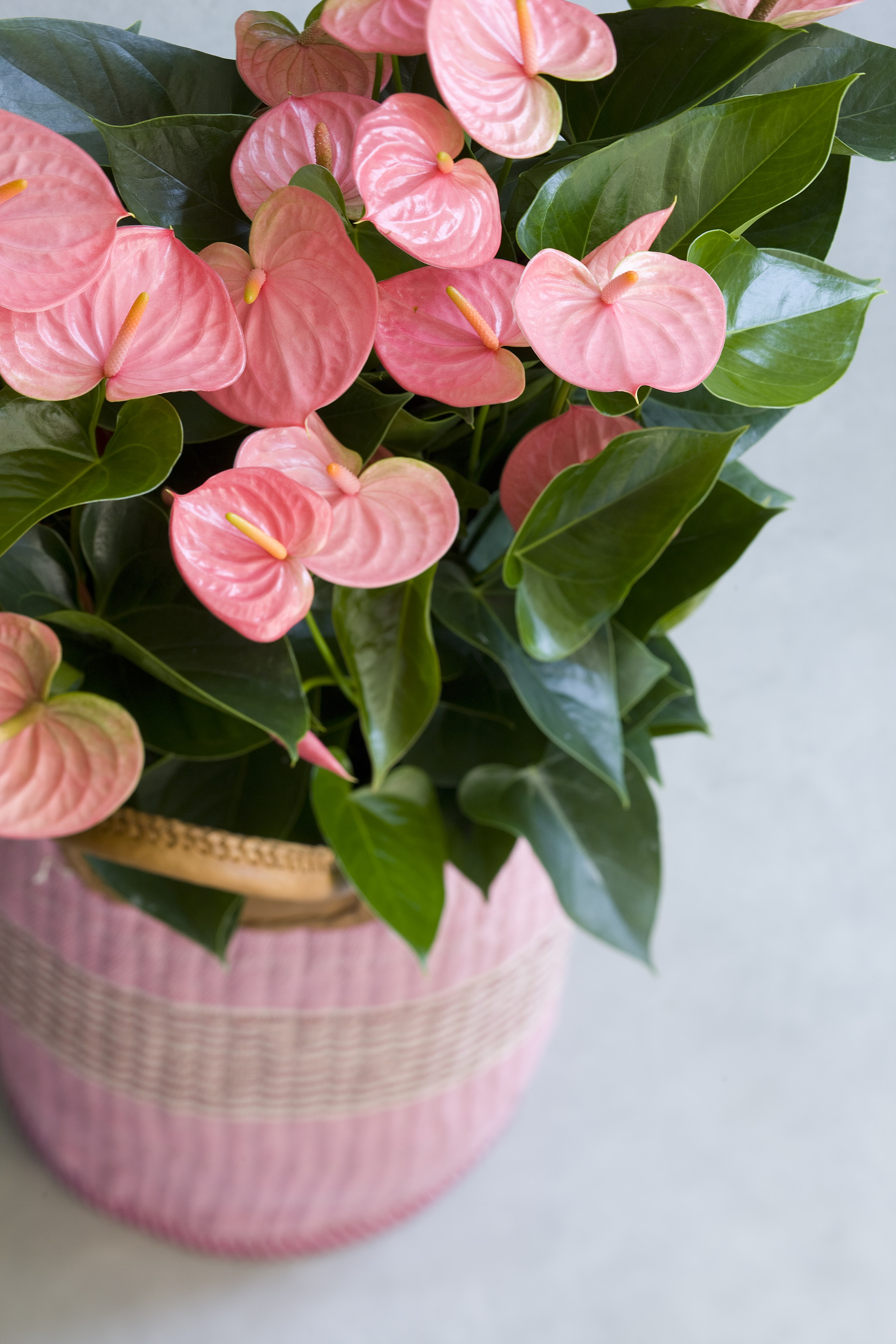

.jpg)
Lots of small yellow-and-brown spots appearing on your Anthurium’s foliage could indicate a case of leaf blight. Reason 4: There Are Signs of Bacterial Infection Just be aware that this process will take time – don’t expect that old stumpy stem to turn into a big blooming plant in a hurry. You can also replant the portion of the stem that you’ve cut away, giving yourself a second Anthurium. New growth will poke up from the crown eventually, and when it does, it will flower like a young plant once again.

In this case, you give your Anthurium a hard reset by cutting off most of the stalk. You might notice your mature Anthurium is blooming less frequently and producing fewer flowers at a time. Though these perennial plants can flower repeatedly from the same stems, they sometimes begin to slow down as they hit their fifth or sixth year of life. Reason 3: Restoring Vigor to a Tired Anthurium This can often be accomplished by strategic snipping of the leaves, but in more extreme cases, you might want to slice off some of the stems and repot them as separate plants. If your plant’s appearance has become a bit chaotic, you can trim it back to a more orderly shape. In nature, Flamingo Flowers climb like vines, and a healthy indoor Anthurium will try to do the same thing once it fills up its container. It makes quite a contrast with the wild profusion of twisting stalks and creeping roots that these plants develop after a few years in the same pot. This enables more robust growth and flowering.Ī young Anthurium often looks quite elegant, sporting a few slender stalks rising from the soil to end in gently curving leaves. By getting rid of them, you’re allowing your Anthurium to redirect that energy toward producing fresh leaves and blooms. Flowers and foliage that are clearly on their way out still draw some energy from the plant’s root system for maintenance. This will actually benefit your Anthurium.

This life cycle is natural, but you can speed it up slightly by removing the old growth when you notice that it’s not long for this world. Reason 1: Your Anthurium Has Fading Leaves or BloomsĪnthurium blooms last for quite a while compared to other flowers, but they’ll eventually pass their peak and start to shrivel up until they drop off the plant. Here are a few reasons why you might want to give your plant a trim. That means that you can trim your Anthurium any time of the year if you feel it needs to be spruced up. They’ll continue to bloom and grow as long as they have enough light, water, and warmth. The Flamingo Flower’s natural habitat is the steamy rainforests near the equator, so these plants don’t have distinct seasons of growth and dormancy. There are many ornamental plants that require an annual haircut to prime them for the growing season, but that’s not the case with Anthuriums. If you try this tactic, make sure to keep the cutting nice and humid while it’s taking root. This can rejuvenate an older plant that has lost its urge to bloom, and it’s also a good way to slim down a Flamingo Flower that’s growing out of control. It’s also possible to multiply your Anthurium by cutting off one of the main stalks and repotting it. When trimming, cut the petioles all the way back to the spot where they join the stem. And you can always make some cosmetic cuts to tweak the shape of the plant. However, trimming away dead or dying leaves and blooms can improve the plant’s health, encouraging more vigorous flowering. Do Anthuriums benefit from pruning, though? When and why should you trim these plants?Īnthuriums don’t need regular pruning. Maybe it’s begun to look a little shaggy, or maybe you’re hoping that cutting away some of the established growth will encourage flowering. Anthuriums don’t grow as aggressively as some plants, but there may still come a time when you’ll consider trimming yours back.


 0 kommentar(er)
0 kommentar(er)
